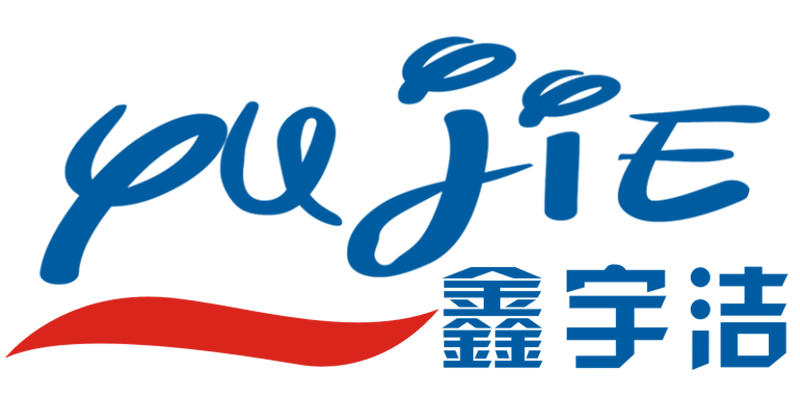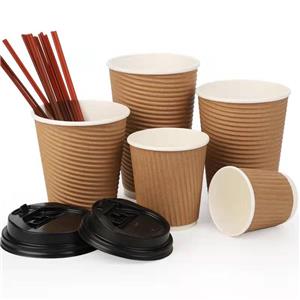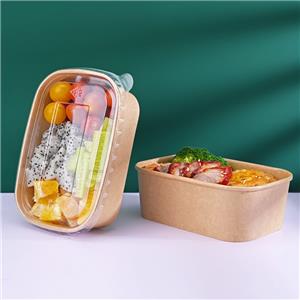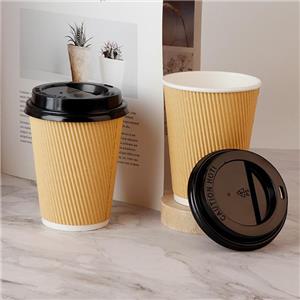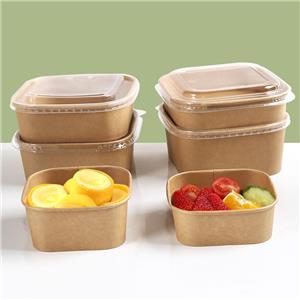PET cup production process
The Production Process of PET Cups
Polyethylene Terephthalate (PET) is a strong, lightweight, and highly recyclable plastic polymer widely used for packaging. The production of PET cups primarily involves a process called Injection Stretch Blow Molding (ISBM), which is efficient and ensures a high-quality, consistent product.
Here is a step-by-step breakdown of the standard production workflow:
1. Raw Material: PET Resin
The process begins with raw PET in the form of small plastic pellets or granules, known as PET resin. These are typically delivered in large sacks or bulk silos. For certain applications, a percentage of recycled PET (rPET) flakes are blended with virgin resin to enhance sustainability.
2. Drying
PET resin is hygroscopic, meaning it absorbs moisture from the air. This moisture must be removed before processing, as it can cause degradation and weaken the final product. The pellets are fed into a hopper dryer where they are heated to a specific temperature to ensure they are completely dry.
3. Injection Molding: Creating the Preform
The dried PET pellets are fed into an injection molding machine.
The pellets are heated to a precise temperature (around 280°C / 536°F) until they melt into a viscous liquid.
This molten PET is then injected under high pressure into a multi-cavity mold. This mold shapes the material into a test-tube-like object with a finished neck thread (the part that will hold the lid). This is called a preform.
The preforms are cooled rapidly and ejected from the mold. They are now ready for the blow molding stage. Preforms can also be produced at a separate facility and shipped to cup manufacturers.
4. Reheating
The cold preforms are conveyed through a reheat oven on a rotary carousel. Infrared heaters evenly heat the preforms to a specific temperature range (usually between 95-110°C / 203-230°F), making the PET soft and stretchable but not molten. The body is heated, while the neck remains cool and rigid to preserve its threaded shape.
5. Stretch Blow Molding: Forming the Cup
This is the core stage where the preform is transformed into its final cup shape.
A heated preform is mechanically placed into a cooled, hollow mold that has the precise shape and dimensions of the desired cup.
A stretch rod descends into the preform, mechanically stretching it lengthwise to the bottom of the mold.
Simultaneously, high-pressure air (around 25-40 bar) is injected into the preform. This air pressure pushes the soft PET outward against the walls of the cold mold, stretching it radially and copying its exact shape, including any designed textures or patterns.
The combination of mechanical stretching and air pressure ensures excellent material distribution, resulting in a strong, lightweight, and clear cup.
6. Cooling and Ejection
The cold mold rapidly cools the newly formed PET cup, solidifying its shape. The mold then opens, and the finished cup is ejected onto a conveyor belt.
7. Trimming and Finishing ( optional)
Any excess plastic flash, typically around the base (the "pinch-off" area), is automatically trimmed away. The cups are then inspected for defects.
8. Quality Control and Packaging
Automated Vision Systems: Cameras and sensors check each cup for defects like deformities, discoloration, or wall thickness inconsistencies.
Leak Testing (if applicable): Some cups may undergo pressure tests to ensure integrity.
After passing inspection, the cups are automatically stacked, counted, and packaged into cardboard boxes or shrink-wrapped onto pallets for shipment.

